Effective higher education enrollment management involves using strategies like AI, personalized communication, and predictive analytics to attract and retain students, ensuring long-term success.
Table Of Contents
As technology transforms education, higher education enrollment management is benefiting from the rise of AI. By 2025, the AI market in education is projected to reach $6 billion, showing its growing role. Universities are using AI to simplify recruitment, personalize communication, and predict enrollment trends, helping them attract and retain students.

What is Enrollment Management?
Enrollment management is the process of planning, recruiting, and supporting students to ensure a school meets its enrollment goals. It involves strategies for attracting students, guiding them through the application process, and providing support to help them succeed and stay enrolled.
Avenues of Enrollment Management:
Higher education enrollment management focuses on attracting, enrolling, and retaining students. Key areas include:
- Recruiting Students – Attracting potential students through marketing, outreach, and events.
- Closing Admissions – The process of evaluating and selecting students for admission.
- Offering Financial Aid – Offering scholarships, loans, and grants to support students financially.
- Retaining Students – Ensuring students stay and graduate through academic support and counseling.
How are US Universities Managing Enrollment Currently?
U.S. universities are deploying massive resources to reach out and provide admissions to more students and support them in an efficient manner.
- Using AI for Efficiency: Universities like Tricoci University of Beauty Culture used AI-powered systems like CRM tools to increase process efficiency by 75%, which helped them boost enrollments.
- Great Outreach Initiatives: Some universities, like UC Merced, invited students who applied to other campuses and removed application fees, which helped them get 45% more applications.
- Offering More Scholarships: Schools like Rice University have invested more than $1.5 billion over five years to provide financial aid to more students and increase their enrollment.
5 Strategies for Higher Education Enrollment Management
Effective higher education enrollment management is essential for universities looking to attract, enroll, and retain students. Here are five key strategies that can help universities achieve their enrollment goals.
1. Data-Driven Decision Making
AI is helping universities improve enrollment by analyzing student data on trends and performance. It allows universities to identify successful programs and target the right students. A recent study shows that 69% of professionals expect more use of AI for learning analytics. This helps universities make smarter, data-driven decisions.
2. Personalized Communication
Colleges are using AI to send messages, emails, and ads that match each student’s interests. This makes students feel more valued and increases their chances of applying. According to a 2024 EAB survey, 93% of students are more likely to consider a college that sends personalized communication. With the help of AI, schools can better connect with students and make their marketing efforts more effective.
3. Streamlining the Application Process
AI is making the application process faster by automatically checking documents and reviewing eligibility. eligibility. A survey by Intelligent shows that over 70% of schools use AI to review transcripts and recommendation letters, and 50% of admissions teams leverage AI when interviewing prospective students. With Edmo’s Document Intelligence, colleges can reduce staff manual effort by up to 40%. It speeds up application reviews and helps teams focus on more important tasks.
4. Enhancing Student Support Services
AI is improving student support by providing instant assistance through chatbots. For example, Georgia State University used an AI chatbot to handle academic and administrative queries, which helped reduce the student-advisor ratio from 800:1 to 300:1. This led to a rise in their 6-year graduation rate to 54%.
5. Predictive Analytics for Enrollment Forecasting
Predictive analytics helps universities predict future student enrollments by analyzing past data, like application trends. This allows schools to plan better, manage resources, and create strategies. Universities that use predictive analytics have seen enrollment increases of up to 15%. With Edmo’s Conversation Intelligence, universities can track student intent and emotions in real time, helping improve engagement and forecast enrollments more accurately.
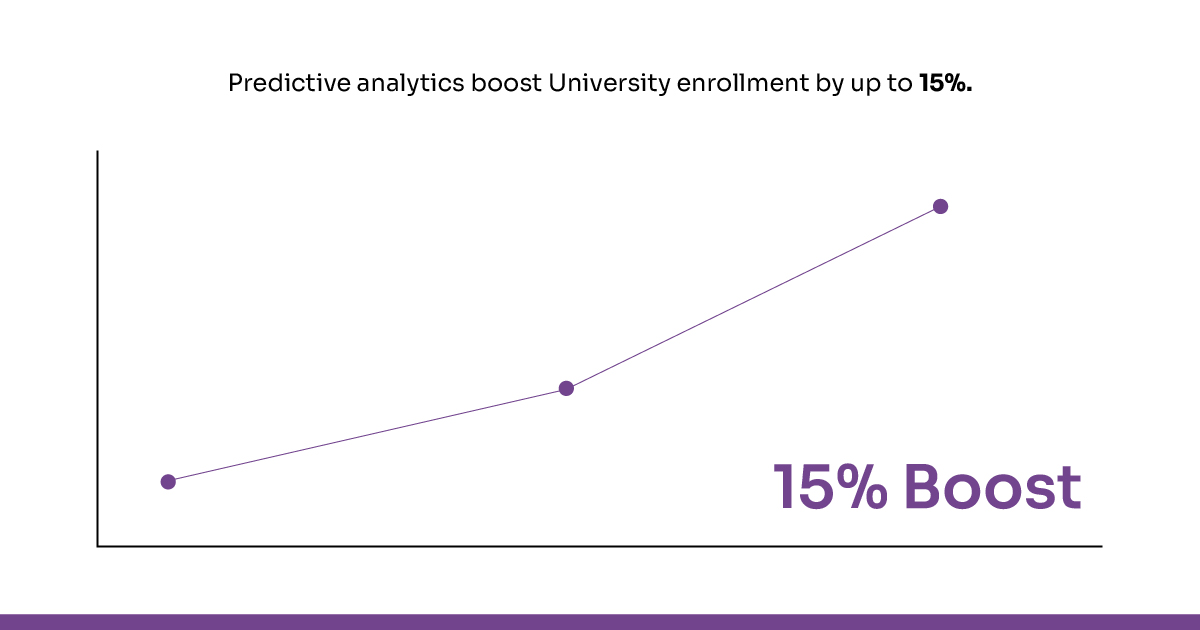
Conclusion
Effective higher education enrollment management is crucial for universities to attract, enroll, and retain students. By using strategies like AI for decision-making, personalized marketing, faster applications, better student support, and predictive analytics, schools can boost enrollment and improve student success.
Also read: 5 AI tools that can save school counselors’ time
4 Best Chatbots For The Higher Education Industry
Empowering university career services | A case study of SRM University
How does hybrid learning have a positive impact on students and institutions?
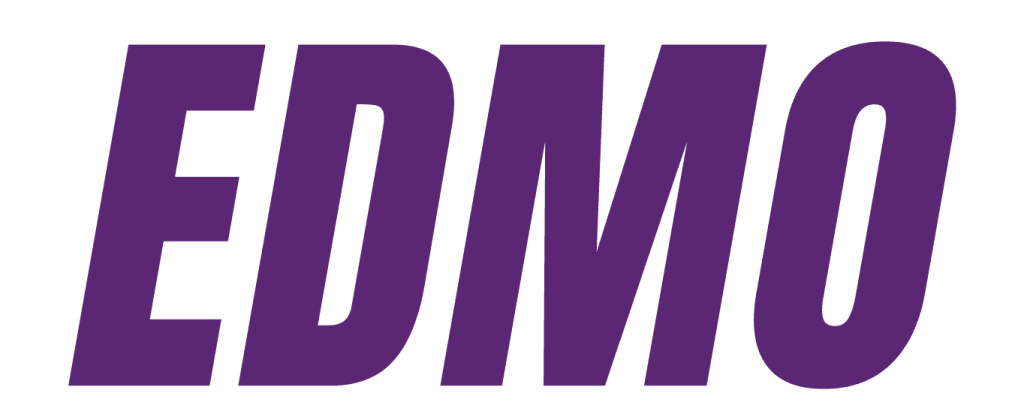





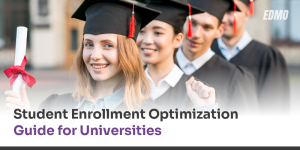
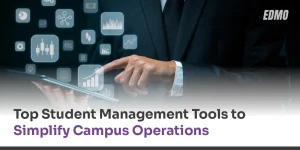
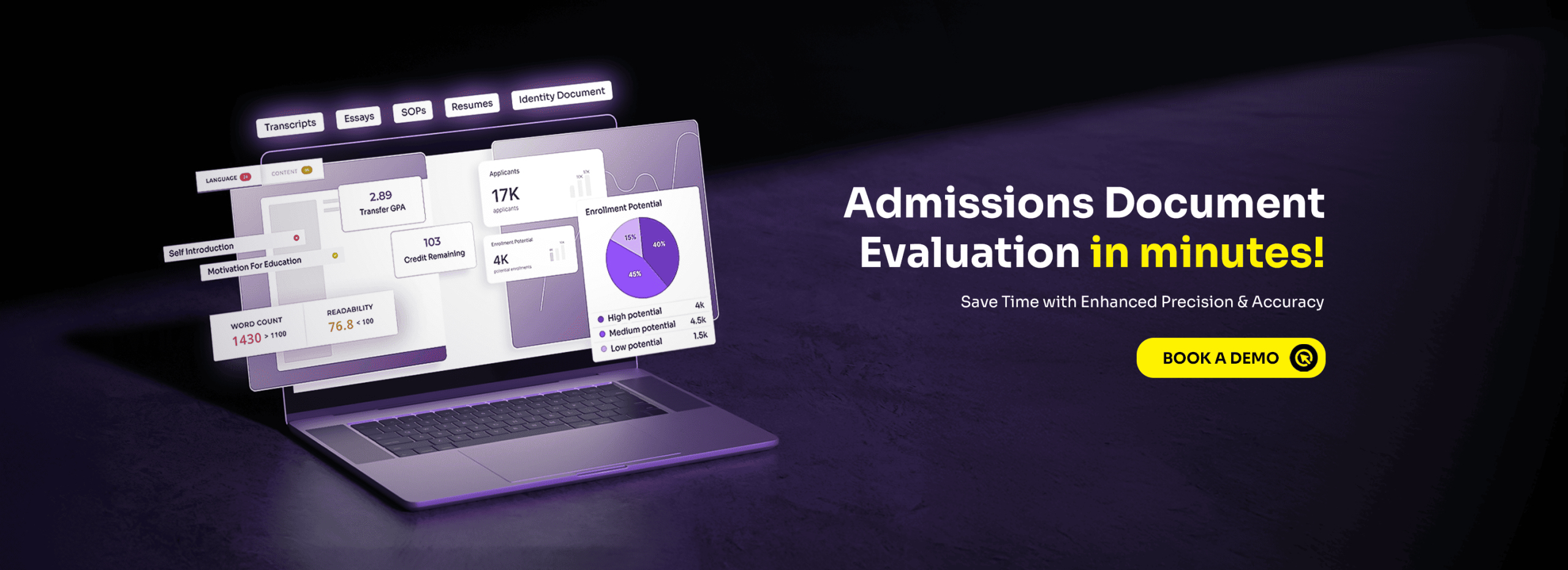

No comments yet. Be the first to comment!
Leave a Comment